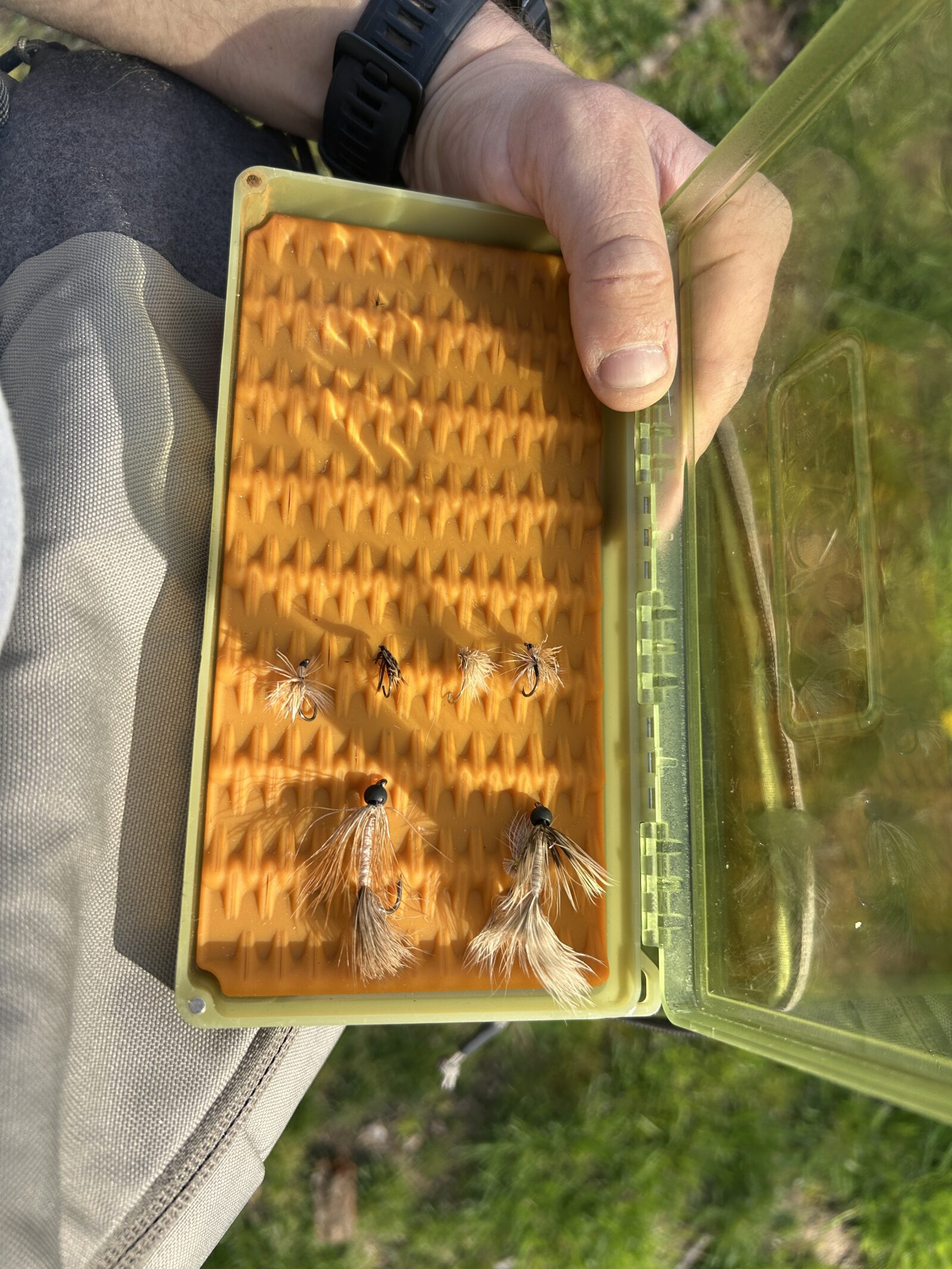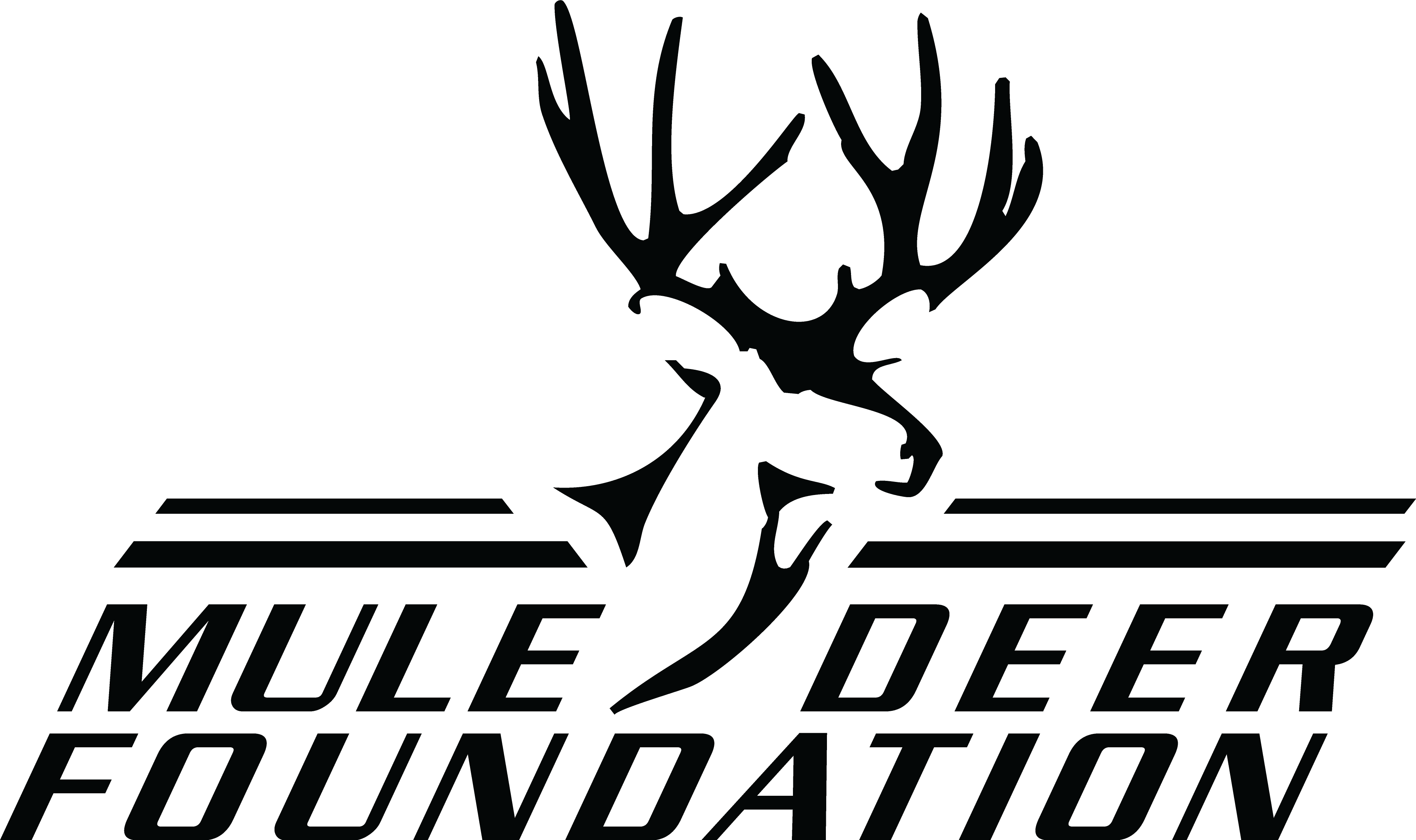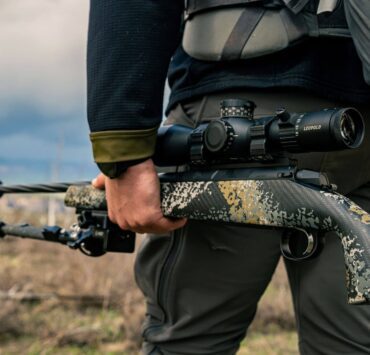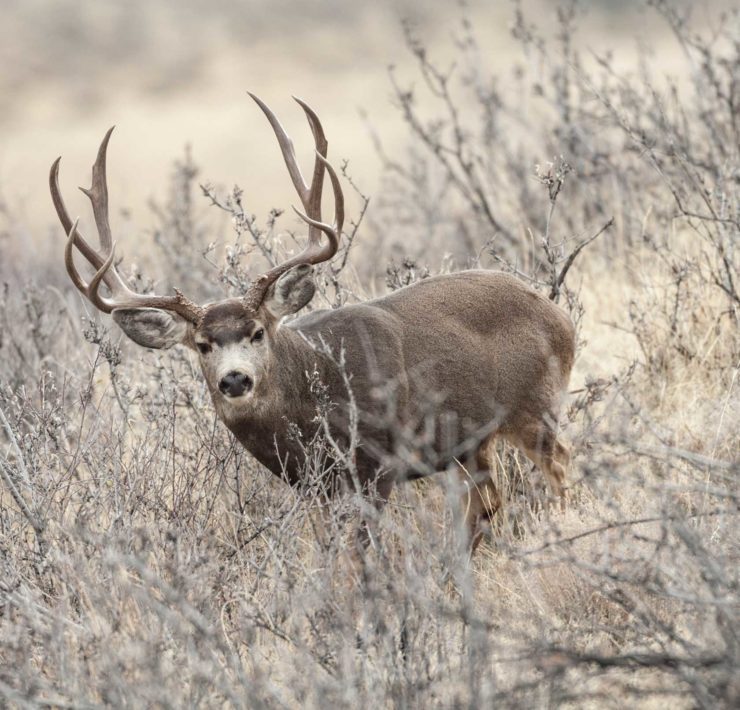Making the Most of Your Harvest: Fly Tying with Game Hair

By: Cody Fongemie
The moment we realize our hunt has been successful, when the animal is down and ready to be processed, we instinctively focus on salvaging as much meat as possible to ensure nothing goes to waste. This is second nature as hunters. We take pride in using every part of the animal that we can. Some even save the hide to make rugs, clothing, or other items.
One part of the animal that is often overlooked is the hair.
I think game hair—whether from pronghorns, mule deer, or elk—has tremendous value, especially for fly tyers. When used skillfully, these natural materials can be used to craft a wide variety of fly patterns that are effective and unique. Even if you’re not an expert at tying flies, someone you know is and would be thrilled to get their hands on some of this material.
Here are a few classic fly patterns you can create using hair from your next successful harvest:
Hopper Patterns
Pronghorn hair is finer and more brittle than elk or mule deer, but it still shines in smaller hoppers and terrestrial patterns. Though less durable, its unique color and texture add realism to wing cases and hopper legs. For larger, more rugged hopper wings, elk hair remains the best choice.
You can tie many flies using various game hairs interchangeably. The only deciding factor depends on the pattern and fishing conditions. Every animal we’re fortunate to harvest offers more than enough hair to keep your fly box well-stocked for years.
So next time you’re out in the field, toss an extra Ziploc bag in your kill kit for collecting hair. You’ll be glad you did when casting homemade flies on your favorite trout stream, knowing that every piece of that animal went to good use. The feeling is not as great as when you put a tag on the horn of that buck. However, it is still a pretty cool feeling of accomplishment when you see a fly that came from an animal you harvested to help you catch a trout or any fish out there in your River. It makes the experience all the more special.
Elk Hair Caddis
A favorite among dry fly enthusiasts, the Elk Hair Caddis is a must-have in any trout angler’s box. The natural curl and stiffness of elk hair make it perfect for crafting high-floating wings that mimic adult caddisflies skittering across the water. It’s especially effective on summer evenings during heavy caddis hatches.
Comparadun
Mule deer hair, which is finer and slightly softer than elk, is excellent for delicate patterns like the Comparadun. This fly uses an upright fan of hair to simulate the wings of a mayfly, offering a clean silhouette and a soft landing. It’s perfect for clear, slow-moving water when trout are extra cautious.
Goddard Caddis
This pattern features a dense, floating body made from tightly spun and clipped hair. Both mule deer and elk hair work well, though elk provides more durability. While the spinning technique takes practice, the result is a buoyant fly ideal for rougher water and fast currents.
Good Luck!
Good luck this Spring and remember to send any success pictures or stories from the field to [email protected]. You could be featured on our website or in our magazine. If this article or any of our articles have helped you become a better hunter or conservation steward, become a member of the Mule Deer Foundation or Blacktail Deer Foundation for only $35 dollars a year. Click here to join: https://muledeer.org/product-category/membership/

Cody Fongemie @Fongeinthefield
Born and raised in New England, Cody developed a deep appreciation for American history and adventure from a young age. His love for the outdoors led him to become both an avid outdoorsman and a dedicated writer on related topics. After studying in South Carolina, he enlisted in the Air Force, where he is currently serving. Outside of his military duties, Cody enjoys hunting, fly fishing, and sharing his experiences through his writing. He also works to connect the military community with the outdoors thro





